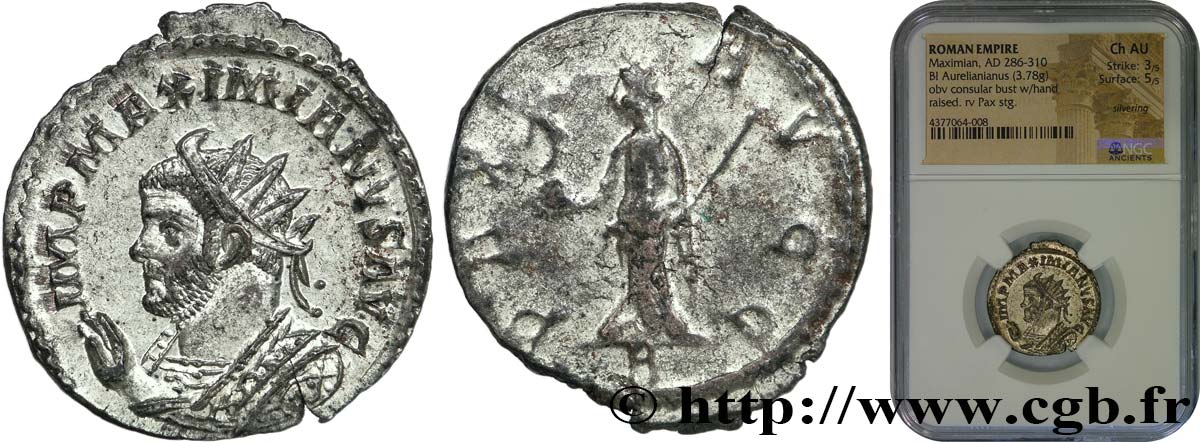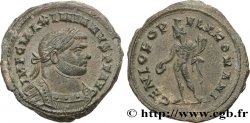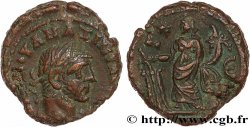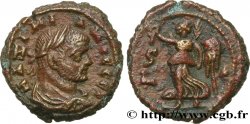brm_152910 - MAXIMIANUS HERCULIUS Aurelianus
Not available.
Item sold on our e-shop (2020)
Price : 195.00 €
Item sold on our e-shop (2020)
Price : 195.00 €
Type : Aurelianus
Date: printemps 290-291
Date: 290-291
Mint name / Town : Lyon
Metal : billon
Millesimal fineness : 50 ‰
Diameter : 22,50 mm
Orientation dies : 6 h.
Weight : 3,78 g.
Rarity : R3
Officine: 2e
Slab

NGC :
Coments on the condition:
Flan irrégulier, mais bien centré. Portrait exceptionnel de toute beauté. Frappe molle et faible au revers. Patine grise avec des reflets métalliques dorés. Pièce ayant conservé son brillant de frappe au droit
Catalogue references :
Predigree :
Cet exemplaire provient de la trouvaille n° 1 et de la collection Daniel Compas, MONNAIES XXVII, n° 236
Obverse
Obverse legend : IMP MAXIMIANVS AVG.
Obverse description : Buste radié consulaire de Maximien Hercule à gauche, vu de trois quarts en avant, levant la main droite (H3).
Obverse translation : “Imperator Maximianus Augustus”, (L'empereur Maximien auguste).
Reverse
Reverse legend : PAX - A-VGG/ -|-// B.
Reverse description : Pax (la Paix) debout à gauche, tenant un globe nicéphore de la main droite et un long sceptre transversal de la main gauche.
Reverse translation : “Pax Augustorum”, (La Paix des augustes).
Commentary
Avec toute son argenture. La robe consulaire est richement décorée. Malgré la rareté évidente du type de buste (H3), nous n’avons relevé aucune liaison de coin pertinente. Pour ce type, nous aurions donc cinq coins de droit et cinq coins de revers pour cinq exemplaires. Cet exemplaire prendra le numéro 388 e dans le Supplément III du Bastien.








 Report a mistake
Report a mistake Print the page
Print the page Share my selection
Share my selection Ask a question
Ask a question Consign / sell
Consign / sell
 Full data
Full data



